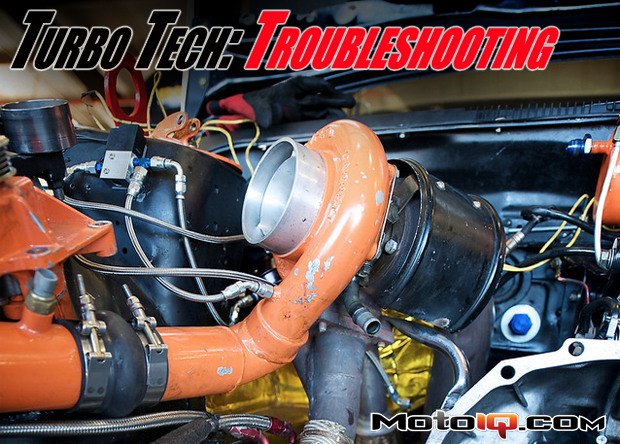,
 Here is a cutaway view of a Garrett ball bearing turbo. Pressure can build up behind the compressor and turbine wheels which helps keep oil from leaking out of the center housing and into the end housings.
Here is a cutaway view of a Garrett ball bearing turbo. Pressure can build up behind the compressor and turbine wheels which helps keep oil from leaking out of the center housing and into the end housings. Here is a journal bearing system. You can see the oil slinger groove and piston ring on the turbine side (right side in the picture). On the compressor side, the thrust spacer creates the convoluted path to help prevent oil leakeage and also serves as an oil slinger. In case you need a refresher on turbo bearing systems.
Here is a journal bearing system. You can see the oil slinger groove and piston ring on the turbine side (right side in the picture). On the compressor side, the thrust spacer creates the convoluted path to help prevent oil leakeage and also serves as an oil slinger. In case you need a refresher on turbo bearing systems.What can cause pressure to be greater in the center housing? Poor oil drainage and high crankcase pressure. Walk away from any turbo kit that drains the oil into the bottom of the oil pan as it can prevent proper oil drainage. What do you think happens if the oil can’t drain properly and oil is still being forced in by the oil feed line? Well, the oil has to go somewhere and that somewhere is usually past the piston rings into the compressor and turbine housings.
High crankcase pressure can be an issue regardless of the oil drain location. I had a guy that went through an extensive list of attempted fixes including reducing oil pressure to the turbo and multiple oil drain locations. The final solution ended up being a scavenge pump. An engine that is poorly broken in can result in high crankcase pressures due to blow-by and there’s nothing that can be done besides an oil scavenge pump to prevent oil from leaking past the turbo piston rings. Obviously, this is just a temporary fix, but it’ll get the job done. I had a friend with a perfectly running turbo setup and he had the engine rebuilt. After the rebuild, oil was blowing past the piston rings and out the exhaust. Again, the culprit was high crankcase pressures.
The last issue I’ve seen somewhat commonly is related to Subarus running rotated kits. Many of these kits tilt the turbo at a rather severe angle. What happens if you take a glass full of water and tilt it? Water spills out of course. It’s the same deal with turbos; they should not be angled more than about 10-15 degrees in their mounting position. Some of the rotated kits have the turbo angled too severely with the turbine side down. The end result is oil leaking out the turbine side creating a nice cloud of mosquito killing smoke. One time, I was hanging out at a time attack event and talking to the owner of a tuner shop that did work on Subarus and he said he had returned a handful of brand new turbos for oil leakage. I’ll accept that there’s maybe one faulty turbo out of a few thousand, but a handful? So I asked if they were all on rotated kits that had the turbo angled. Sure enough, they were. The lesson here? Don’t angle the turbo if you can avoid it. Cups work a lot better at holding fluids if they aren’t angled too. That’s what I tell my niece at least.
 Here’s an old picture of the GST Impreza with the turbo angled a bit. A bit is okay, flat is better, but more than 15 degrees is definitely bad.
Here’s an old picture of the GST Impreza with the turbo angled a bit. A bit is okay, flat is better, but more than 15 degrees is definitely bad.So how do you know when a turbo actually is bad? Checking the shaft play is the best way as that tells you the condition of the bearing system. If you want to keep a turbo healthy, make sure the oil is clean and of proper viscosity, the turbo is getting proper oil flow, use an air filter, use a compressor bypass/blow-off valve, use the water cooling (it’s there for a reason!), and allow a proper cool-down after a hard drive to prevent oil coking. Remember, most of the time there is absolutely nothing wrong with the turbo. There are dozens of failure modes between the air filter and the exhaust tip, all of which can cause performance issues; a loose clamp, tear in a hose or tube, clogged PCV valve, melted cat, blown out gasket, the list goes on and on! So if you are having a performance issue on your turbocharged car and the shaft play on the turbo checks out fine, then go through the troubleshooting guide to find your problems.




2 comments
If I use a scavenger pump can I run more of an angle of tilt ?
I suppose it would reduce or prevent oil from leaking out the one side of the turbo. If you angle too much, it’ll also starve oil from the part of the bearing that’s high.